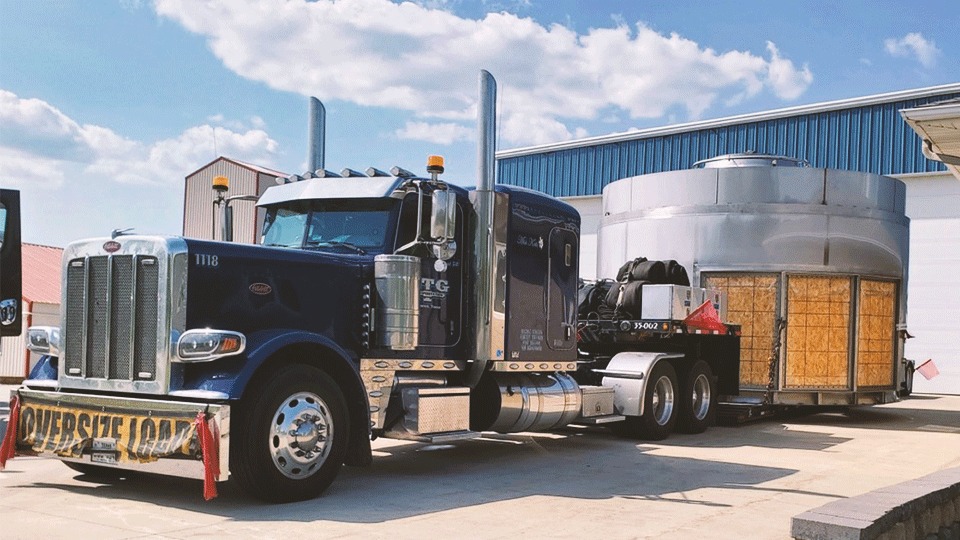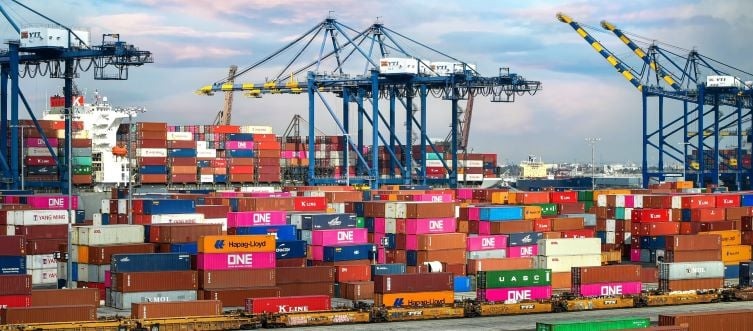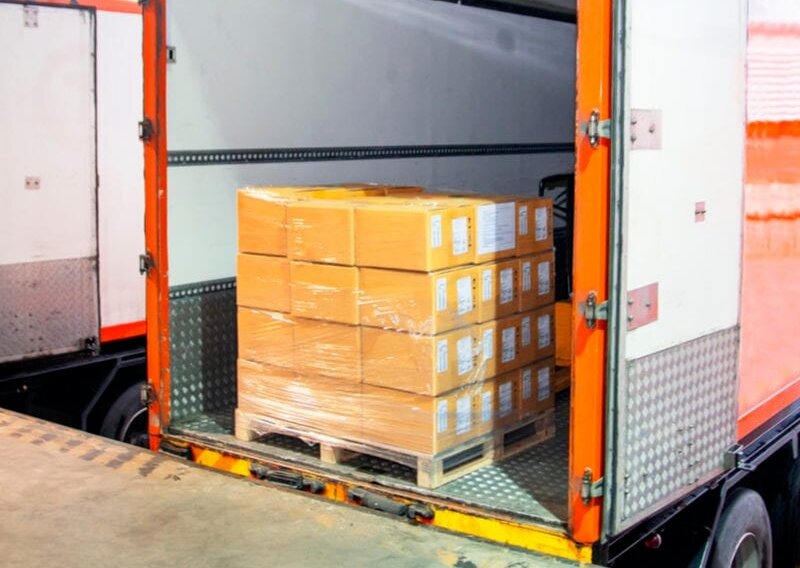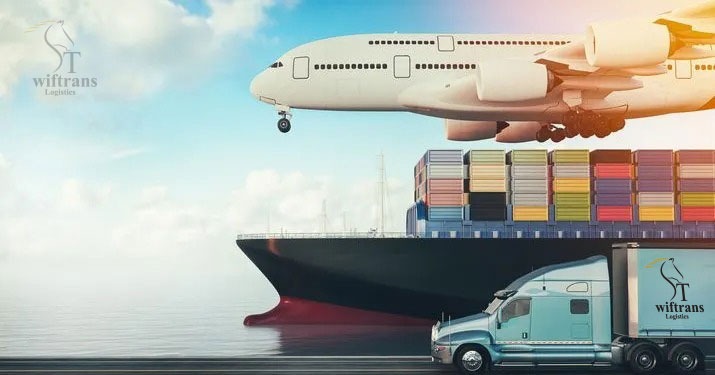
Trucking Industry
1. Understanding the F.A.S.T. program:
As a Canadian logistics company facilitating cross-border transportation, our priority is to ensure the safe, secure, and precise shipment of goods to our customers. We have effectively achieved this vision with our affiliation with the Free and Safe Trade Program (FAST Program).
The FAST Program is a collaborative effort between the Canada Border Services Agency (CBSA) and the United States Customs and Border Protection (U.S. CBP). It focuses on enhancing border trade security and safety. By streamlining commercial shipments and reducing delays, this program undertakes an efficient process for cross-border trade.
F.A.S.T. Membership:
The F.A.S.T. program is aimed to expedite low-risk shipments on the US-Canada border, allowing border security to focus on higher-risk travel activities. While the FAST membership is not compulsory and depends on the member’s preference, it is open to all truckers, importers, and shippers for participation.
Entities must undergo a comprehensive risk assessment to confirm their low-risk status at the border to become associated with the F.A.S.T. membership. It is important to know that everyone in the truck should possess a separate membership card to qualify for the F.A.S.T. program. Upon arrival at the border, the driver’s card is verified and scanned, and three barcoded documents are additionally inspected.
F.A.S.T. In Canada:
In Canada, F.A.S.T. program members have several benefits provided by CBSA benefits. These include access to special FAST lanes and dedicated booths at entry points at the border to expedite the process. To utilize these advantages, truckers and importers must be registered under the PIP program, or both PIP and Customs Self-Assessment (CSA) programs. Moreover, the driver must possess a valid FAST or Commercial Driver Registration Program (CDRP) card.
F.A.S.T. in the US:
In the US, all trucks and carriers going through the FAST lanes must be approved by Customs-Trade Partnership Against Terrorism (C-TPAT). Additionally, possessing a FAST card is mandatory for the driver.
It is important to note that CDPR is a Canadian program and is valid only for arrivals in the country. Whereas, FAST is a collaborative initiative between Canada and the US, the membership card of which is valid for crossing both borders.
Benefits of the F.A.S.T. program:
1- Dedicated Lanes:
Dedicated lanes for the members result in reduced waiting time and an efficient border clearance process.
2- Identity proof:
The F.A.S.T. cards serve as valid identity proof, in place of passports for the U.S. and Canadian citizens when they cross borders.
3- Accelerated delivery time:
Minimizing documentation and facilitating border clearance leads to expedited delivery and reduced shipping costs.
4- Increased Acceptance:
Pre-assessment of your goods with F.A.S.T. membership reduces the likelihood of rejection and ensures a more efficient transport process.
Looking for a quick and safe transportation service in Canada?
Swiftrans Logistics is one of the most trusted and renowned logistics companies in Canada. We offer a diverse range of services to meet your requirements, always prioritizing the safety and security of your shipments.
For inquiries, visit our website at www.swiftranslogistics.com or give us a call at +1 647-500-7793.
Choose Swiftrans for expedient and reliable transportation services!
2. How to reduce vehicle downtime
Downtime, an unforeseen setback in the transport industry, can happen at any time leaving you with significant financial losses, especially for the trucking companies responsible for transporting various goods, including perishables.
Following are some expenditures or losses that can arise due to downtime:
- Renting replacement vehicles
- Hiring extra manpower
- Towing services
- Emergency repair costs
Let’s talk about some precautions and measures which will help in preventing such mishaps in the trucking industry:
Optimal Vehicles
When operating in the transportation business, it is essential to invest in agile and durable vehicles. Consider the cost and availability of required motor parts, so that they are easily available along your travel routes. Buying brand new vehicles is recommended as they tend to have fewer unplanned expenses. The best idea is to buy vehicles specifically designed for different purposes.
Proper Inspection
Routine vehicle inspections before any journey are crucial in minimizing the risk of downtime. Use vehicle telematics systems to detect and address fault codes accordingly.
Regular Maintenance
Adhering to specific metrics, such as well-timed vehicle servicing, replacing defective motor parts, and addressing wear and tear issues are imperative to avoid downtime in long journeys. Rather than making an optimistic estimate about their condition, critically check the motor parts and replace them if necessary.
Proficient Drivers
Competent and proficient drivers play a pivotal role in minimizing the chance of downtime. Employ drivers best-suited for various vehicle classes who are experienced in avoiding unwanted strains and repairs, and adept at managing fleet management software. Efficient drivers can prevent losses and downtime through their attentiveness and proactive approach.
Cost-effective Servicing
Maintenance costs and shop time during downtime or regular upkeep can be minimized by considering the following key points:
- Regular maintenance schedule when your vehicle is idle.
- Confirm availability of required parts in advance.
- Streamline repair shop processes to eliminate unnecessary steps.
At Swiftrans, we prioritize all these aspects to minimize any such crisis and ensure that no journey is impacted by downtime.







